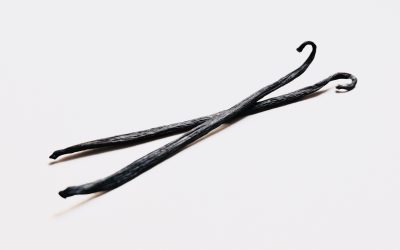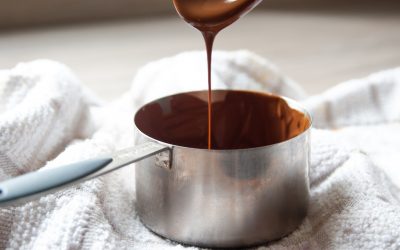A piping bag is one of the most important pieces of equipment for any pastry chef. Commonly used in several different forms or materials, they can allow a pastry chef to apply intricate detail to a decorative piece, or to produce consistently sized products out of various pastes or creams.
We will look here at the two major types of piping bag, which we will look at as regular bags and icing bags. A regular piping bag is normally larger, and can often be made of plastic. They are normally used for piping cream, or products like eclairs and are the most commonly used form of piping bag.
We are going to concentrate on how to fill the bag, and then how to use it. When first filling a piping bag it is important to make sure you make as little mess as possible on the exterior of the bag. To make this easier, you should fold over the top of the open end of the bag and place it around something round, like your hand or a jug or large glass. By doing this you will keep the amount you folded over clean, and also will be less likely to overfill the bag which will make piping very difficult. Remember if you are using a nozzle of any kind to put it into the bag before you fill it. Once you have filled your bag, simply unfold the top and twist to close over the edge.
When using a piping bag, make sure to keep the open end upwards, so as not to spill the contents. Cut the suitable size off of the end of the bag, depending on what you’re piping or the size of your nozzle, and then hold the bag in two hands. I would suggest your dominant hand in a lower position and your weaker hand supporting the top of the bag.
Gently squeeze with your lower hand, as evenly as possible, and use both hands to move the bag in whatever pattern desired. If you just want a single piece of piping in a static location then simply support the bag with your upper hand. Make sure to apply the pressure evenly, and when you wish to finish piping simply release the pressure on the lower hand and move the piping bag away carefully so as not to disrupt your piping. The pressure required to pipe will depend on what you are piping, so always bare in mind the viscosity of your mix when piping.
Making and using an Icing piping bag
An icing piping bag is normally made from a greaseproof paper, instead of plastic and will normally be a lot smaller in size than a regular piping bag. Due to being made of paper they are normally made specifically when needed.
To make an icing piping bag, cut a right angle triangle off from a piece of greaseproof paper, and place it in front of you with the right angle towards you. Take one of the corners on the long edge and roll it around so it meets the right angle of the triangle, forming a rounded cone. Repeat the same process with the other corner so you have a single cone shape. Adjust the paper to produce a tight cone and a pointed edge, then fold over the paper at the top to seal it. You can use a staple of tape of some kind to do this.
To use an icing piping bag, fill very carefully without folding over the top, then roll the open edge closed. Because of the size, you will likely need to use this one handed, but it can always be useful to use the second hand to keep steady, especially with items like icing or chocolate.
To find out more check out the blog on piping bags by Bellacupcakecouture


